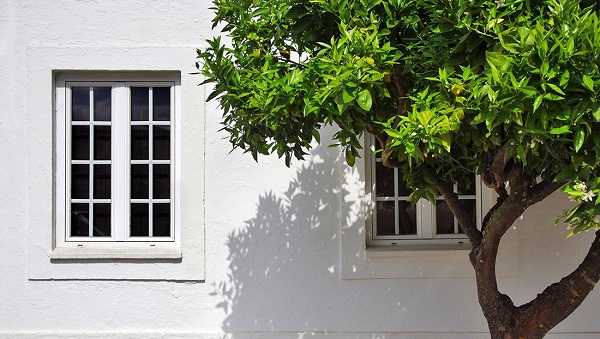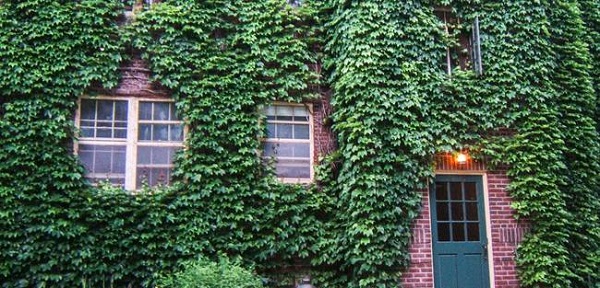Although the start of the school year signals the end of summer fun for most families, this arbitrary deadline has little to do with the weather. So you might find the high temperatures of summer lingering long after the kids are back in the vaunted halls of learning. And while family members are likely at work or in school during the hottest part of the day, that doesn’t mean you want to come home to a structure that has turned into an oven in your absence. That said, running the air conditioning throughout the day to ensure a cool home will cost you a pretty penny. Even if you set your programmable thermostat to kick on an hour before you return, the energy bills for cooling could still be astronomical until the cool breezes of fall bring relief. Luckily, there are ways to beat the heat during the dog days of summer without paying an arm and a leg. Here are some natural remedies you’re sure to appreciate.

One of the best solutions is to shade your home, and particularly the windows, where the majority of the sun’s heat-producing rays gain ingress. Tall, leafy trees are ideally suited to this purpose, especially drought-resistant varieties that won’t trade your cooling costs for watering expenses. But it can take years for such trees to mature and reach full height once you’ve planted saplings. In the meantime you should probably add awnings over windows or install energy film, a cling-film product that generally promises to stop as much as 90% of the sun’s heat-producing rays from entering your home, lowering your interior temperature by several degrees.

Of course, proper insulation is also a must. You might want to kick off the process of upgrading in this area by hiring a home energy auditor to check out your structure in search of leaks and areas where insulation isn’t doing its job. This will give you a starting point from which to begin adding weather stripping and sealing leaks, upgrading windows, increasing or replacing insulation, and generally making your home more airtight and resistant to the intrusion of exterior temperatures. Just don’t forget to have your ventilation checked in the process. Any time you increase air tightness by sealing the air leaks in your home, you also need to make sure that proper ventilation exists to support healthy indoor air quality.

If you’re really gung-ho to go green and decrease energy usage when cooling your home, you might even look into the prospect of a geo-exchange. This system uses underground air to set a base temperature in your home (between 45 and 75 degrees F, depending on where you live), from which you can heat or cool your structure, saving a ton of energy and expense in the process. Or you could install solar panels, using the sun’s energy to combat the sun’s heat without having to pay for cooling costs. There are all kinds of ways to naturally cool your home in the summer, when outdoor temperatures soar. And while you might spend a little up front, the savings will multiply over time, showing a significant return on investment.


